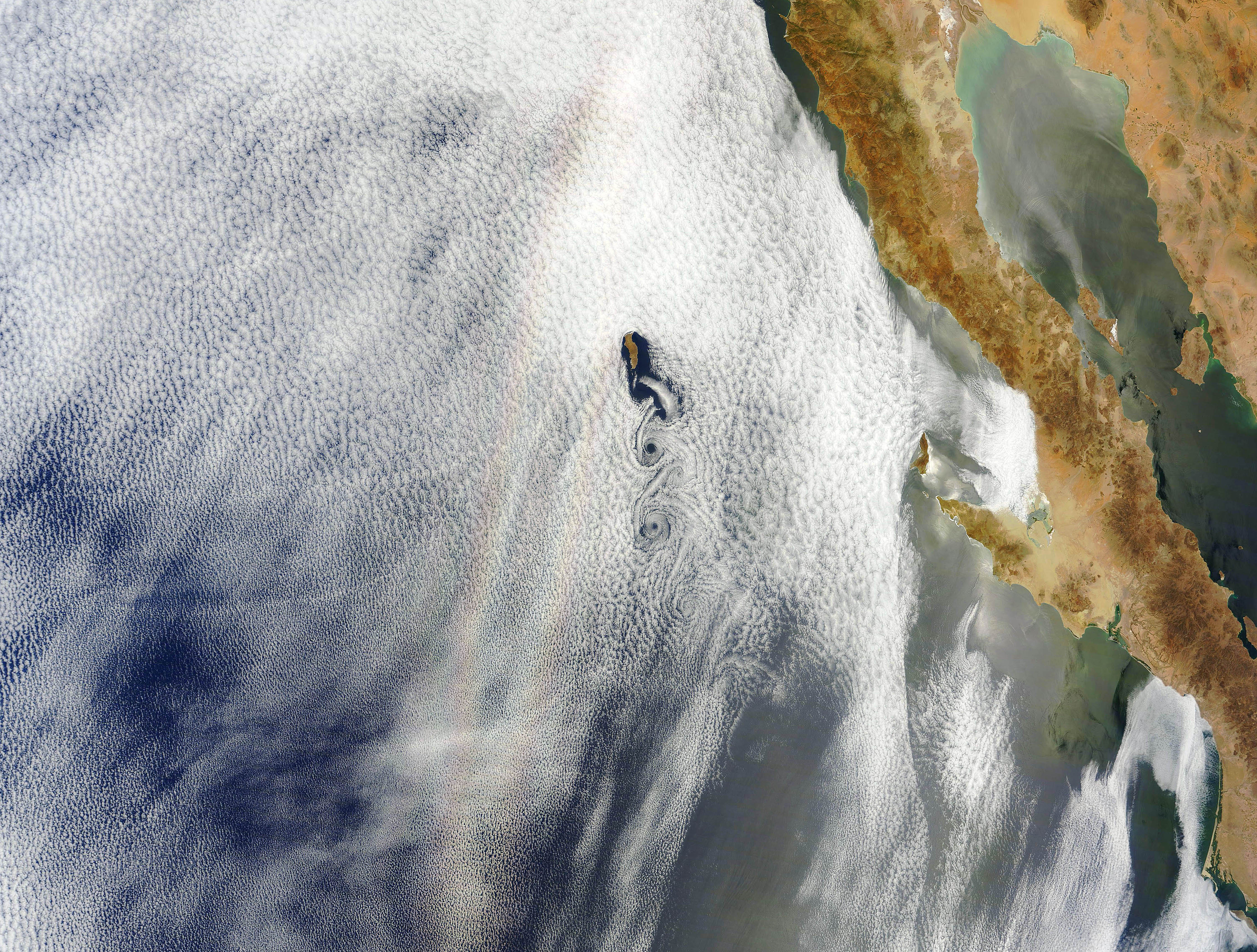Please login in order to download photos in full size
If you are not registered, please register for free: www.Free-Photos.biz/register
Please note to download premium images you also need to join as a free member..
You can also save the photos without the registration - but only in small and average sizes, and some of them will have the site's watermark. Please simply click your right mouse button and save the image.
Please login in order to like photos
If you are not registered, please register for free:
Sorry, non-members can download up to 1100 full-size photos per month.
It looks like you have used up your limit.
Free members can download an unlimited number of full-size photos - including the premium free photos.
Join as a member today for FREE! - and download the images without limitations:
www.Free-Photos.biz/membership.php
You can also save the images without the membership - but only in small and average sizes, and some of them may have the site's watermark. Please simply click your right mouse button and save the image.

|
This is a premium free photo
This photo was viewed 2 times and was downloaded in full size 1 times.
This photo was liked 0 times
Source page: |
http://commons.wikimedia.org/wiki/File:A_Glorious_View_(detail)_-_Flickr_-_NASA_Goddard_Photo_and_Video.jpg |
|---|
Summaryedit
| Description |
Click here to see the full res file: www.flickr.com/photos/gsfc/7551317226 A layer of stratocumulus clouds over the Pacific Ocean served as the backdrop for this rainbow-like optical phenomenon known as a glory. Glories generally appear as concentric rings of color in front of mist or fog. They form when water droplets within clouds scatter sunlight back toward a source of illumination (in this case the Sun). The Moderate Resolution Imaging Spectroradiometer (MODIS) on NASA’s Terra satellite acquired the image on June 21, 2012. The glory can be seen running in a north to south arc above the clouds west of the swirling von karman vortices that trail through the clouds on the lee side of Guadalupe Island. The image was saturation-enhanced to make the glory effect more visible. Although glories may look similar to rainbows, the way light is scattered to produce them is different. Rainbows are formed by refraction and reflection; glories are formed by backward diffraction. The most vivid glories form when an observer looks down on thin clouds with droplets that are between 10 and 30 microns in diameter. The brightest and most colorful glories also form when droplets are roughly the same size. From the ground or an airplane, glories appear as circular rings of color. The space shuttle Columbia observed a circular glory from space in 2003. In the image above, however, the glory does not appear circular. That’s because MODIS scans the Earth’s surface in swaths perpendicular to the path followed by the satellite. And since the swaths show horizontal cross sections through the rings of the glory, the glory here appears as two elongated bands of color that run parallel to the path of the satellite, rather than a full circle. Glories always appear around the spot directly opposite the Sun, from the perspective of the viewer. This spot is called the anti-solar point. To visualize this, imagine a line connecting the Sun, a viewer, and the spot where the glory appears. In this case, the anti-solar point falls about halfway between the two colored lines of the glory. Glories are usually seen against a background of white clouds. Clouds are white because the sunlight is scattered many times by multiple droplets within the clouds. The white light often obscures details of glories, but without them in the background, the glory would not be visible. NASA Goddard Space Flight Center enables NASA’s mission through four scientific endeavors: Earth Science, Heliophysics, Solar System Exploration, and Astrophysics. Goddard plays a leading role in NASA’s accomplishments by contributing compelling scientific knowledge to advance the Agency’s mission. Follow us on Twitter Like us on Facebook Find us on Instagram |
| Date | , 15:00 |
| Source | A Glorious View [detail] |
| Author | NASA Goddard Space Flight Center from Greenbelt, MD, USA |
Licensingedit
| This file is licensed under the Creative Commons Attribution 2.0 Generic license. | ||
|
| This image, originally posted to Flickr, was reviewed on by the administrator or reviewer Materialscientist, who confirmed that it was available on Flickr under the stated license on that date. |
Creative Commons Attribution 2.0 Generic
| EXIF data: | |
| File name | a_glorious_view__detail__-_flickr_-_nasa_goddard_photo_and_video.jpg |
|---|---|
| Size, Mbytes | 3.6060029296875 |
| Mime type | image/jpeg |
| Orientation of image | 1 |
| Image resolution in width direction | 72 |
| Image resolution in height direction | 72 |
| Unit of X and Y resolution | 2 |
| Exif version | 0221 |
| Color space information | 65535 |
| Exif image width | 4508 |
| Exif image length | 3414 |
| Software used | Adobe Photoshop CS5 Macintosh |
While the copyright and licensing information supplied for each photo is believed to be accurate, Free-Photos.biz does not provide any warranty regarding the copyright status or correctness of licensing terms. If you decide to reuse the images from Free-Photos.biz, you should verify the copyright status of each image just as you would when obtaining images from other sources.
The use of depictions of living or deceased persons may be restricted in some jurisdictions by laws regarding personality rights. Such images are exhibited at Free-Photos.biz as works of art that serve higher artistic interests.
PRIVACY POLICY
By registering your account and/or by subscribing to new and newly rated photographs you agree we may send you the links to photos and we may occasionally share other information with you.
We do NOT disclose your personal data.



